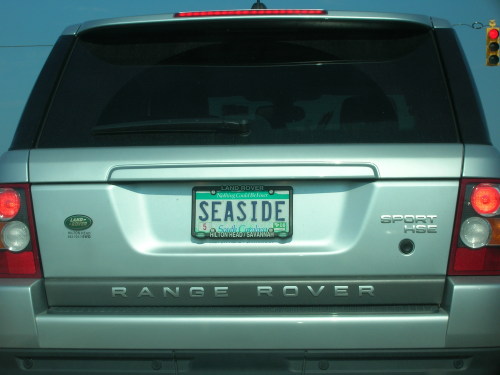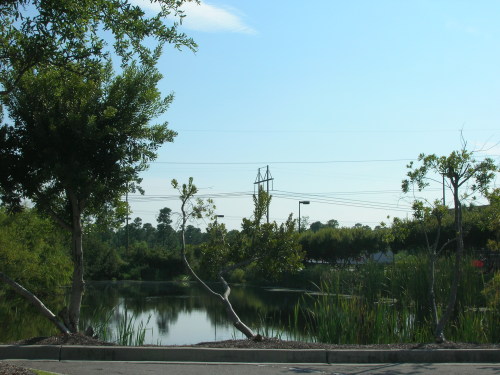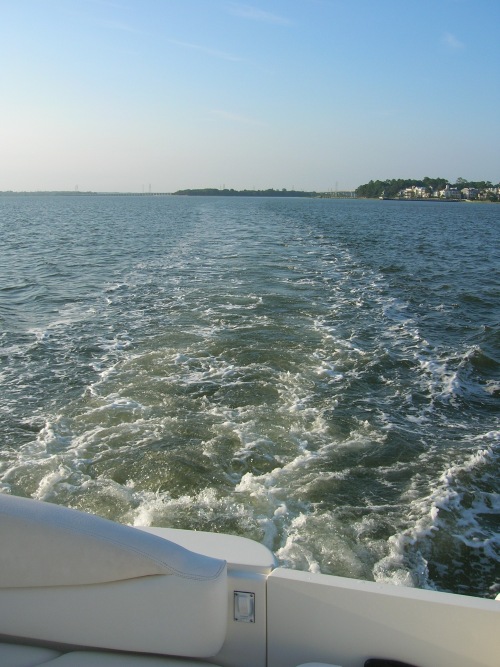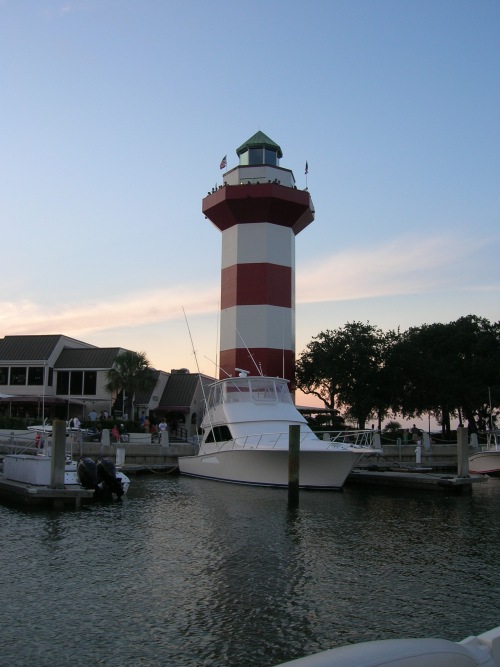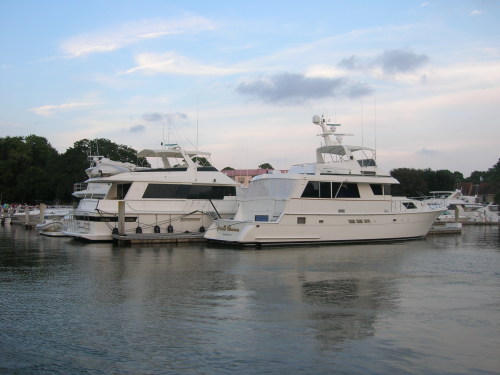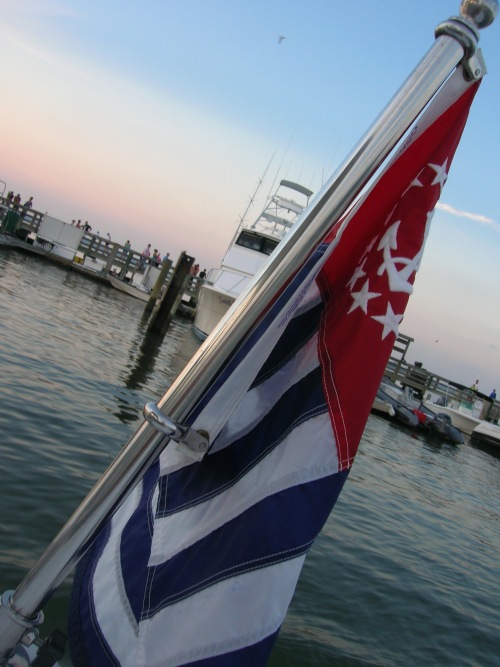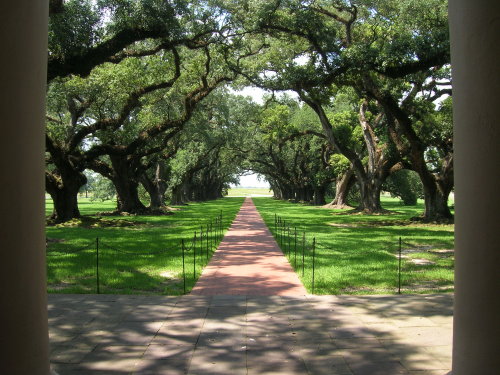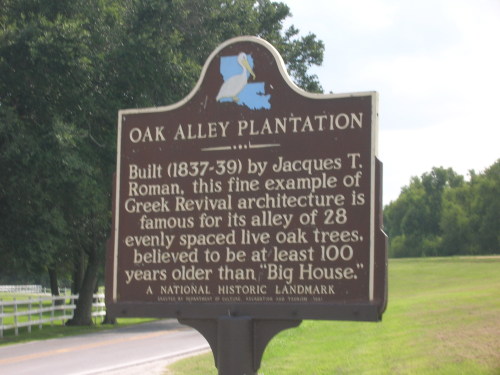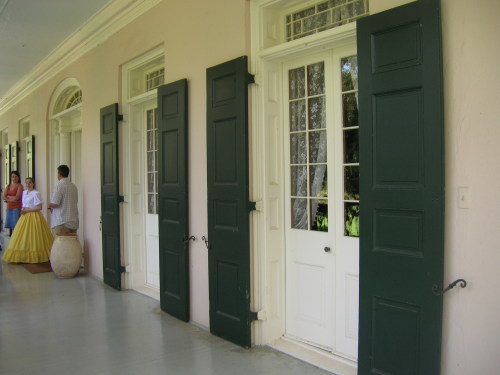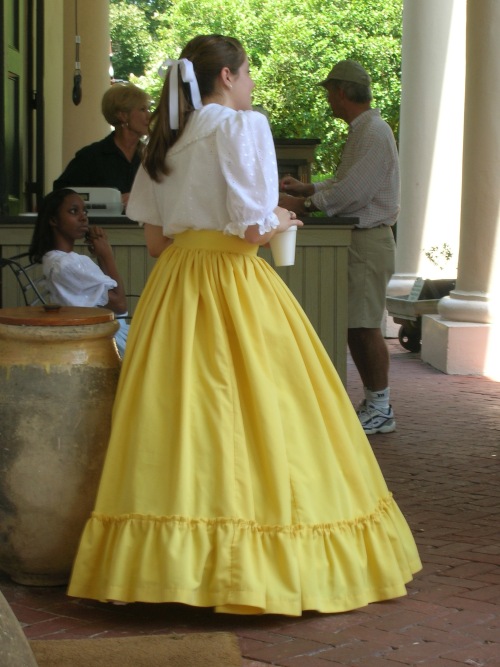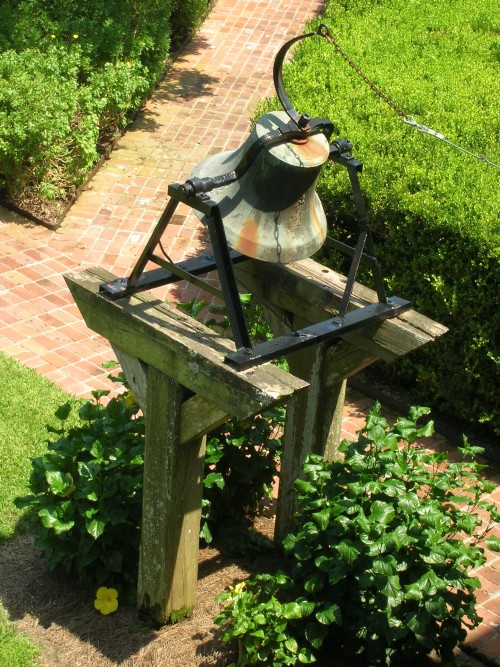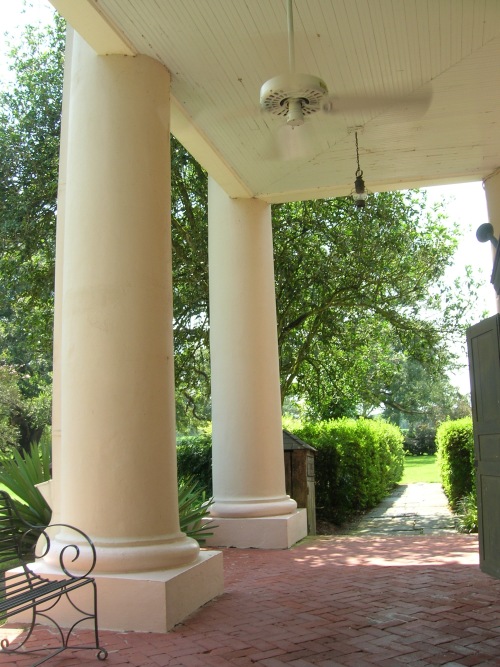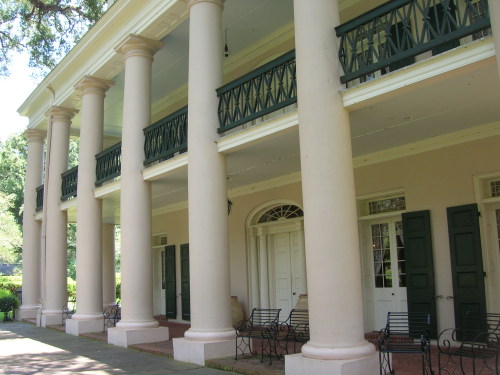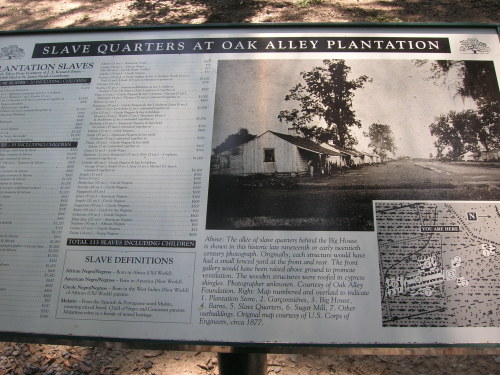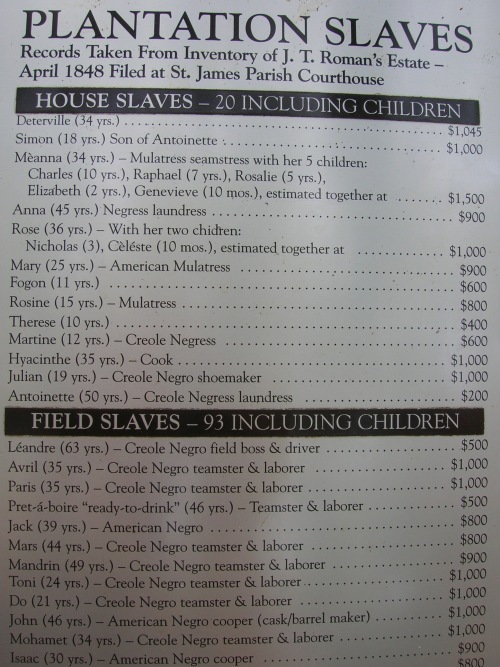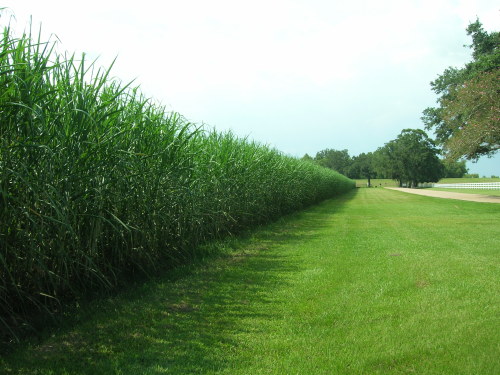A Thousand Things to Tell
My schedule for school this semester is great. I'm taking four classes, all of them on Mondays and Wednesdays, which means I'll only be in school two days a week. I can either drive or take the bus to school; it takes about the same time either way, half an hour or so. The bus leaves only a few blocks from our apartment complex and goes directly to the University, so chances are I'll take the bus most days.
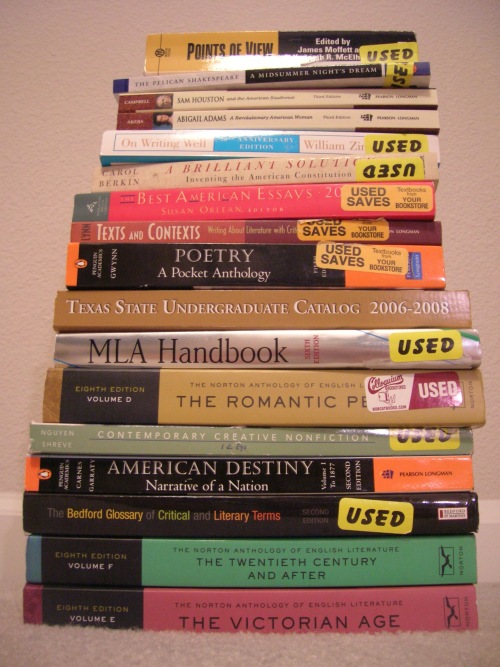
My New Best Friends.
These are the books Texas State University wants me to read during the months to come. I wonder if I'll even have time to catch my breath in between.
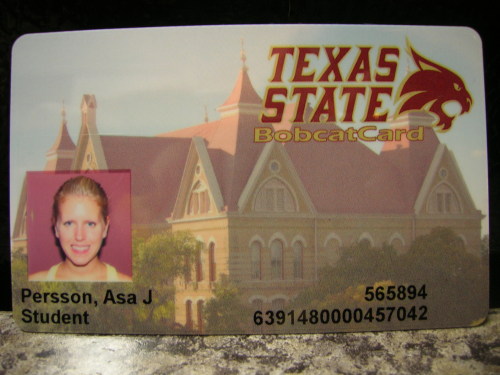
With a fake smile, I accept my new role and become a Texas State BobCat. It's incredible how with every new commitment you make in this world, there is a new number to memorize. 565894 is from now on synonymous to my name.
- - - - Austin, a pretty cool hot place - a pretty, cool, hot place - - - -
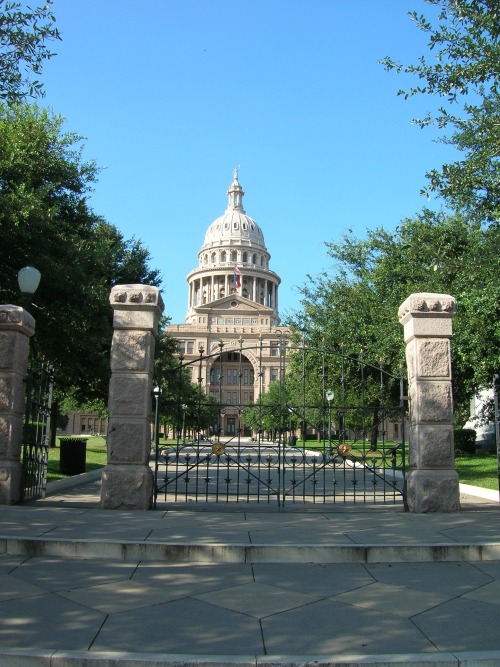
Austin holds the Capitol of Texas, which means that Texas State's Government operates from here. This beautiful building is where the political top shots go to work every day.
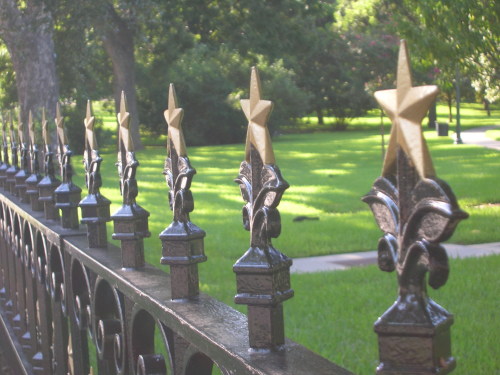
The Texas Capitol - the perfect place for a starry fence.

Congress Avenue runs from the Capitol, through Austin City, and ends down in the southern outskirts of Austin, right where Marty and I live. On its way, it runs over Congress Bridge, where the bats live.
- - - - Austin Hot Sauce Festival, anno 2007 - - - -
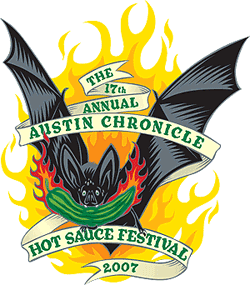
Texas loves hot food - Austin loves festivals. Put them together and you have Austin Hot Sauce Festival - the perfect event for those who can't imagine a better way to spend a hot summer day than slurping liquid fire. One cool thing about the festival was the entrance fee: three cans of food (or $5). The annual event raises food and money for the Capital Area Food Bank to help the poor.
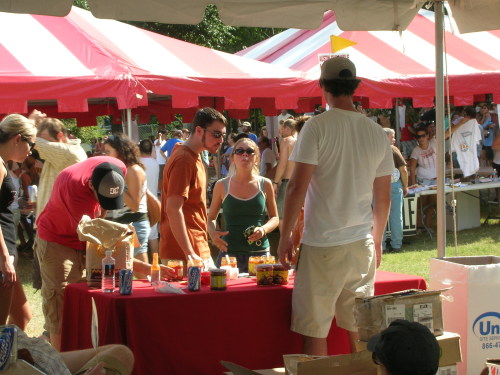

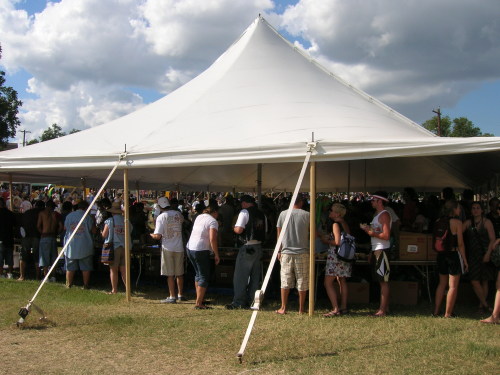
It was about 100 °F, 38 °C, last Sunday. Still, a countless amount of people lined up around the tables in Waterloo Park to dip into one sot sauce after the other - a true challenge for the taste buds.
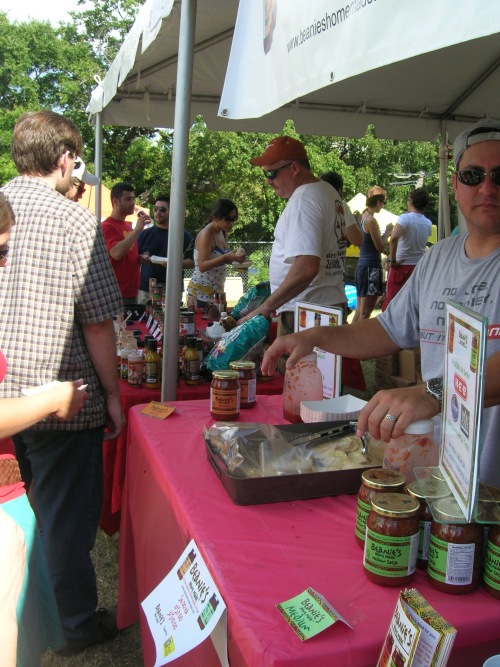

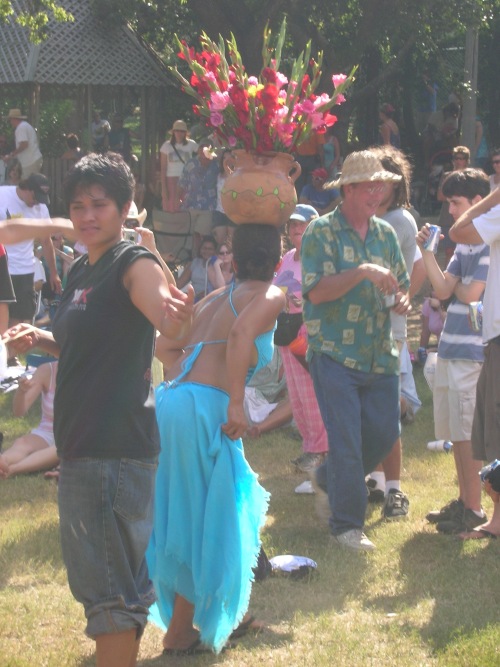
This lady charmed us all, but I wonder if anyone bought her flowers.
- - - - Colorado River - - - -

A peaceful picture of a beautiful place. The Colorado River flows through Austin (although its called Austin Lake for a little bit). This is just north of the city.
Bat Watching
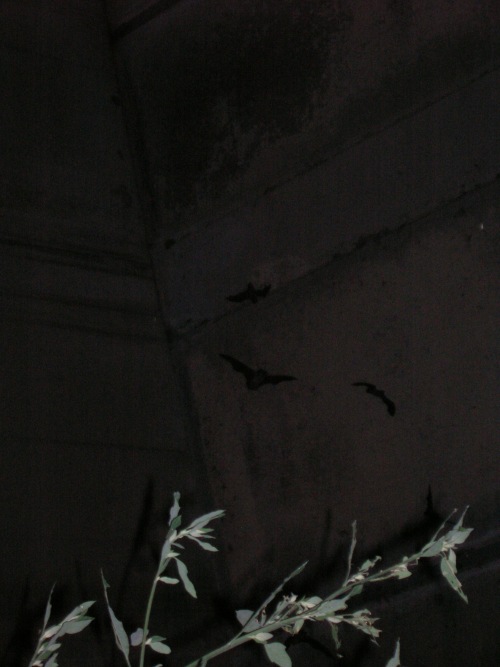
Yesterday at sunset, I was back at Congress Bridge in the hope to catch a better glimpse of the bats than last time. It turned out that the best spot to "bat-watch" is from under the bridge, not standing a bit away as I had done. It was pretty dark when the small creatures finally came out, but the pictures turned out OK anyway.

The Lone Star of Texas
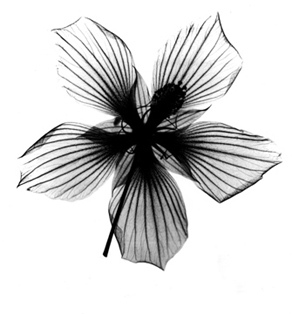
The Lone Star is a symbol of Texas, a single five pointed star as seen on the state flag.

San Marcos

San Marcos is the home of Texas State University at San Marcos, a school with over 21,000 students and one of the prettiest campuses you have ever seen. That's where I'll be going to school. Unfortunately, Texas State University seems to suffer from an inferiority complex compared to University of Texas at Austin, which with its 50,000 students and much greater reputation, is the main University in the area.
Say "San Marcos" and most people will either think of the University or Shopping. Despite its humble size, San Marcos was recently ranked the third Best Place to Shop in the WORLD (!), after Dubai and Brooklyn, by ABC's "The View". I have yet to experience the Prime Outlets of San Marcos, but I will make sure to let you all know when I do.
For those who want something a little more soothing than shopping, San Marcos River, which runs right through town, offers a great variety of activities. The water keeps a constant 72 °F, 22 °C, all year around and is perfect for swimming, snorkeling, scuba diving, tubing, canoeing, and kayaking. It is not uncommon in the area to own your own canoe or cayak.
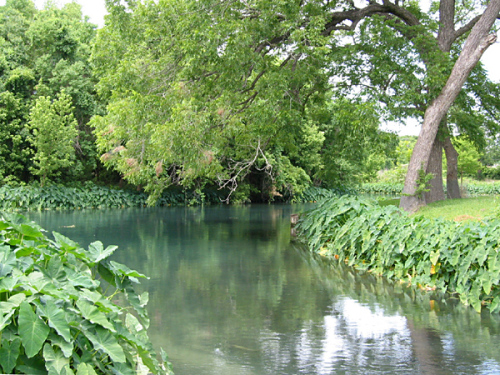
After my orientation last Wednesday, I found a place where you could rent tubes for the day. You basically rent a tube, hop in the water and let the stream take you down the river. After about forty minutes, you find yourself at a series of small waterfalls where you can either show your courage and tube down them or get out of the water. However, you then take a "river taxi" back to the starting point and do it all over again, and again, and again.
It was a perfect end of a day. After having ran around campus a whole day, I was sweaty and tired. A couple of hours floating down the river on that tube was pure meditation for me. The river itself was absolutely beautiful. Again, I was surprised to find the nature in the heart of Texas so lush and clean. The water was crystal clear and you could make out every rock at the bottom wherever it wasn't covered with water lilys or seaweed. Everywhere you looked, you saw tons of fish swimming around. Amazing.
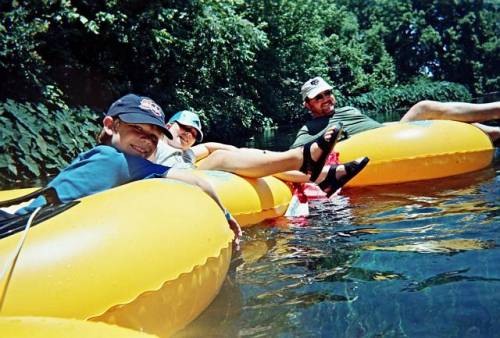
Since I couldn't bring the camera, I borrowed a picture of tubing people online instead.
I think I am falling in love with Texas.
The Austin Bats
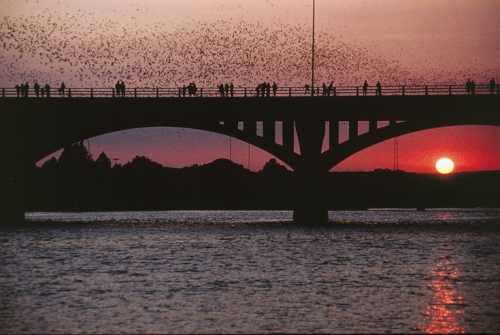
The bats' takeoff brings hundreds of people to Congress Bridge every evening and right now is the peak of bat watching season. During the end of the summer, July and August, the bat colony is at its largest since the pups are big enough to hunt their own food.
Depending on how hot the day's been, the bats fly off sooner or later and if it's still light enough you see huge clouds of dark silhouettes against the evening sky. I went bat watching last week but wasn't very successful. (The picture above I found online). When the bats finally came out, it was too dark to see them. However, the darkness didn't hide the flapping of a million wings. Impressive.
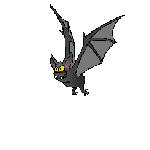
Austin, the city of music festivals, of course shows its appreciation by dedicating a festival to the bats - Batfest.
Oak Alley Plantation
Mask Factory


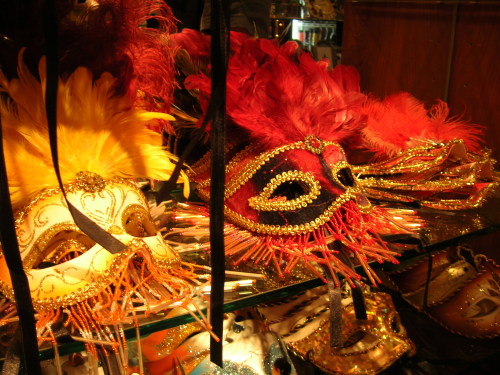
French Quarter II

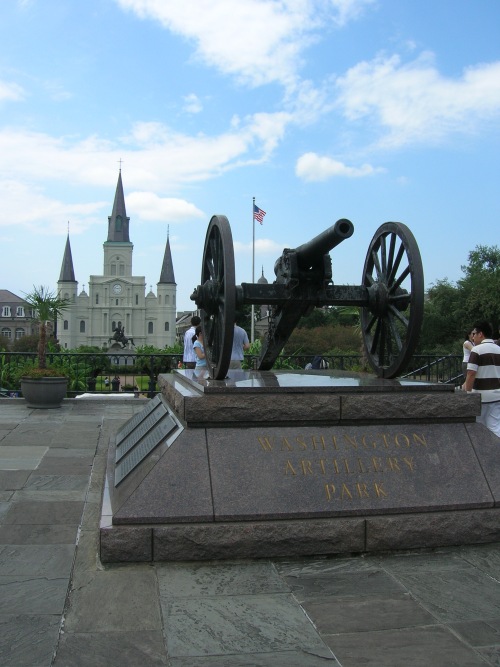

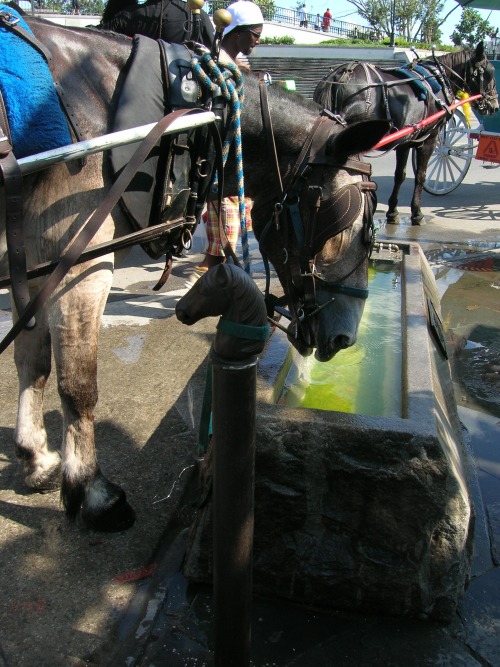

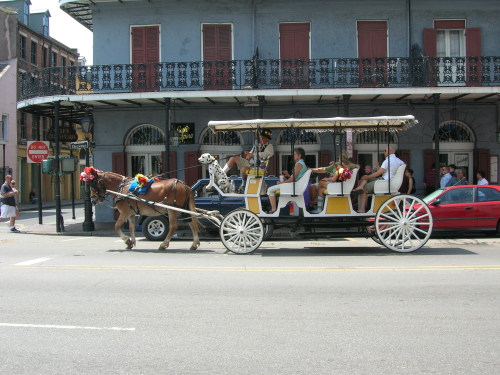





French Quarter
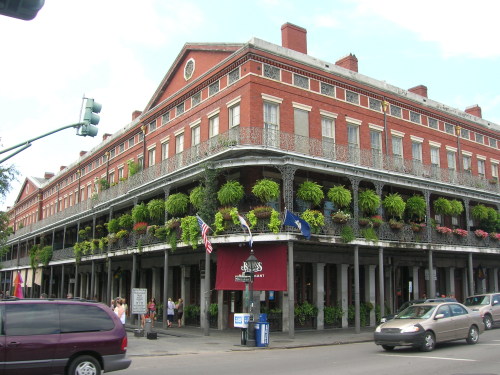
The French Quarter is the oldest and most famous neighborhood in the city of New Orleans. Many of the buildings date from before New Orleans became part of the United States, although there are some late 19th century and early 20th century buildings in the area as well. Since the 1920s the historic buildings have been protected by law and cannot be demolished, and any renovations or new construction in the neighborhood must be done according to regulations to match the period historic architectural style.
Most of the French Quarter's architecture was built during the Spanish rule over New Orleans. The Great New Orleans Fire (1788) and another great fire in 1794 destroyed most of the Quarter's old French colonial architecture, leaving the colony's new Spanish overlords to rebuild it according to more modern tastes -- and strict new fire codes, which mandated that all structures be physically adjacent and close to the curb to create a firewall. The old French peaked roofs were replaced with flat tiled ones, and now-banned wooden siding with fire-resistant stucco, painted in the pastel hues fashionable at the time. As a result, colorful walls and roofs and elaborately decorated ironwork balconies and galleries from both the 18th century and 19th centuries abound. (In southeast Louisiana, a distinction is made between "balconies", which are self supporting and attached to the side of the building, and "galleries" which are supported from the ground by poles or columns.)


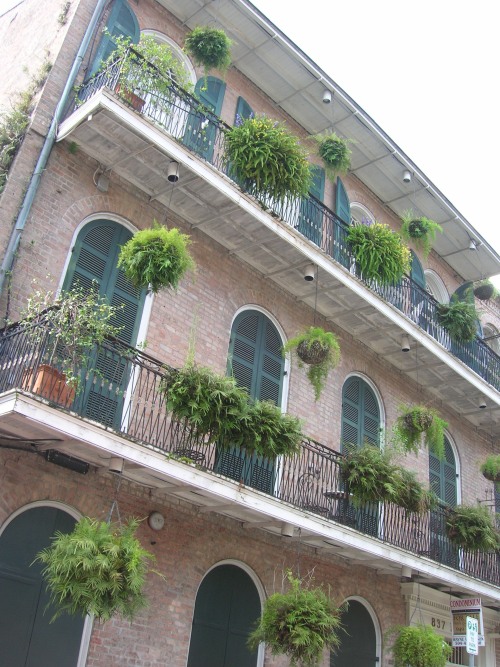
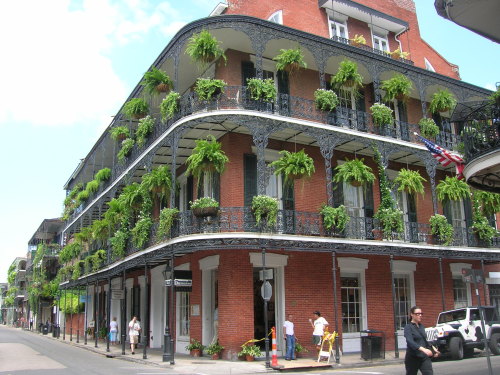
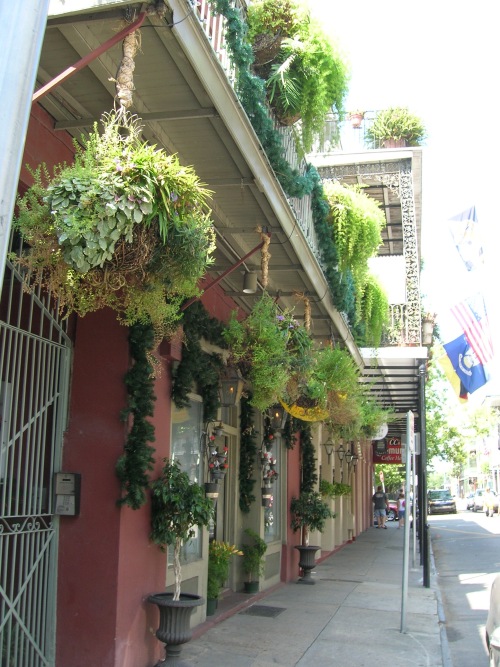
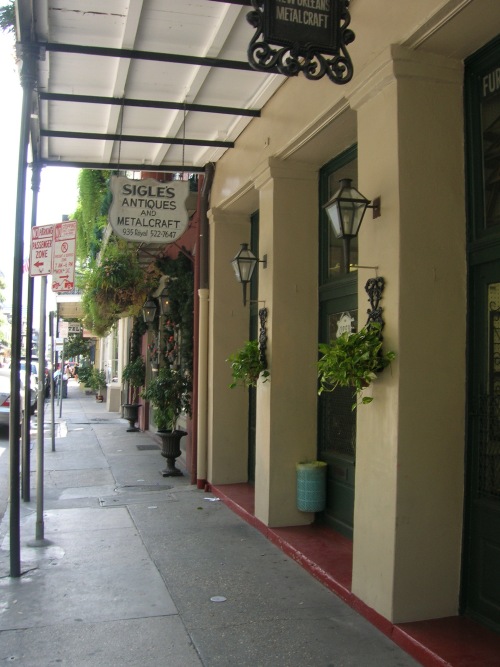
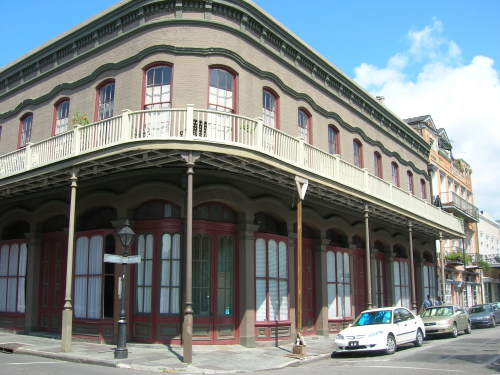
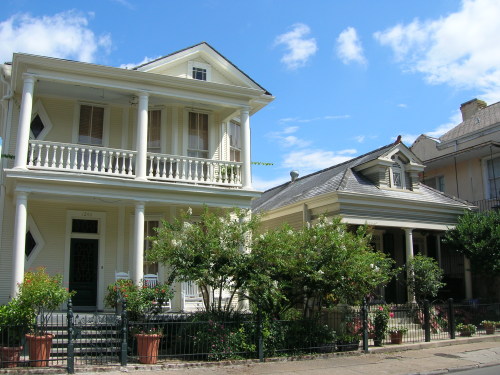


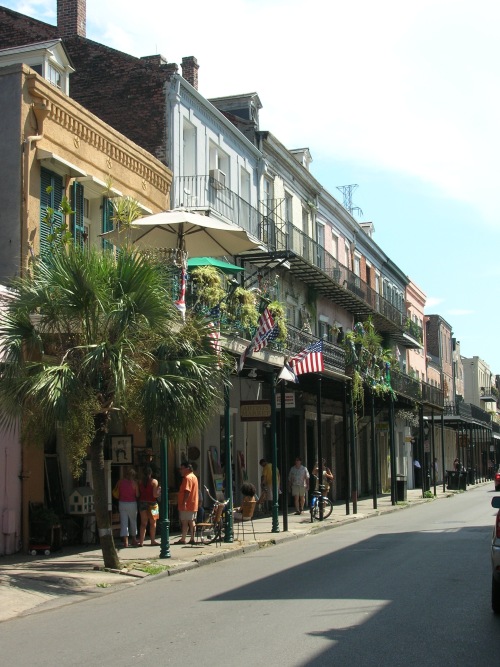
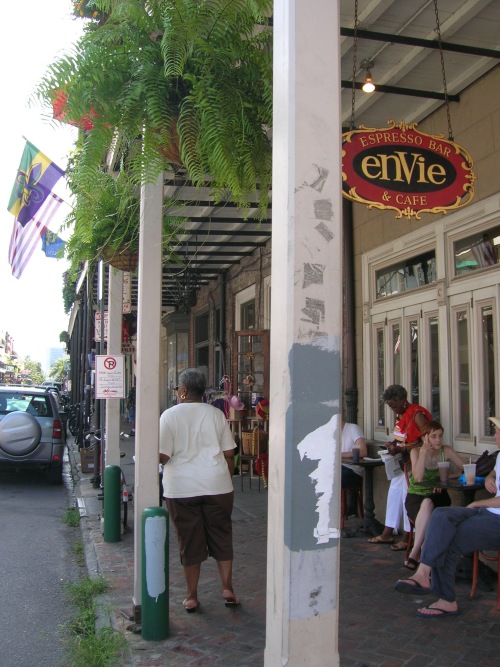
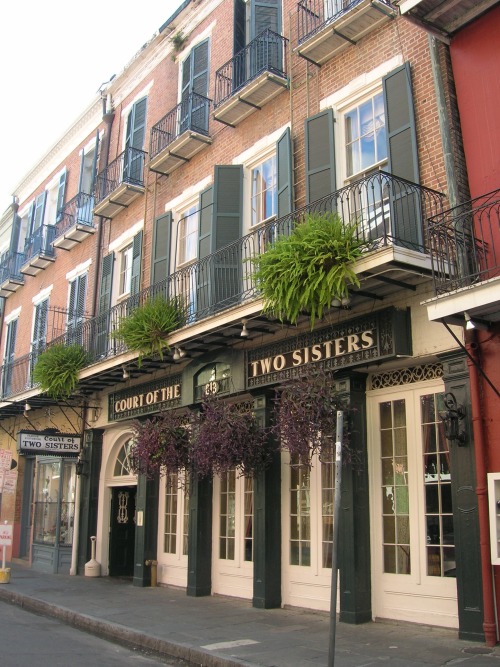
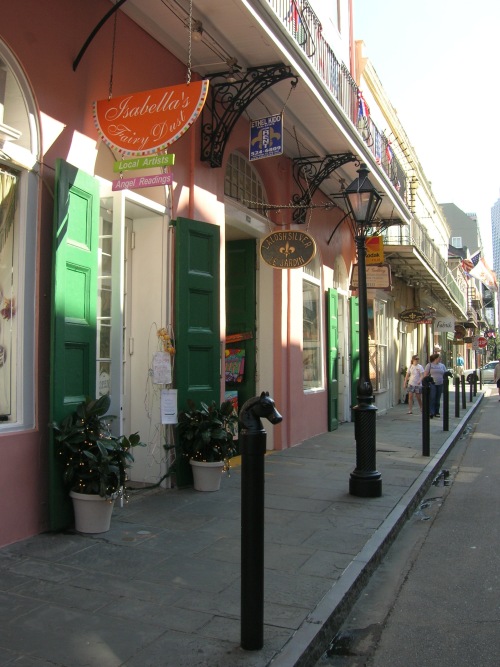
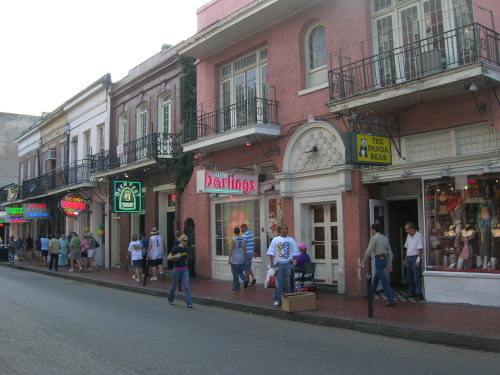


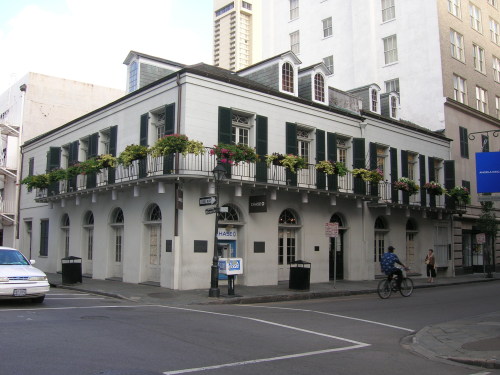

The French Quarter is the oldest and most famous neighborhood in the city of New Orleans. Many of the buildings date from before New Orleans became part of the United States, although there are some late 19th century and early 20th century buildings in the area as well. Since the 1920s the historic buildings have been protected by law and cannot be demolished, and any renovations or new construction in the neighborhood must be done according to regulations to match the period historic architectural style.
Most of the French Quarter's architecture was built during the Spanish rule over New Orleans. The Great New Orleans Fire (1788) and another great fire in 1794 destroyed most of the Quarter's old French colonial architecture, leaving the colony's new Spanish overlords to rebuild it according to more modern tastes -- and strict new fire codes, which mandated that all structures be physically adjacent and close to the curb to create a firewall. The old French peaked roofs were replaced with flat tiled ones, and now-banned wooden siding with fire-resistant stucco, painted in the pastel hues fashionable at the time. As a result, colorful walls and roofs and elaborately decorated ironwork balconies and galleries from both the 18th century and 19th centuries abound. (In southeast Louisiana, a distinction is made between "balconies", which are self supporting and attached to the side of the building, and "galleries" which are supported from the ground by poles or columns.)


















New Orleans

New Orleans is located in Southeastern Louisiana along the Mississippi River. It is named after Philippe II, Duke of Orléans, Regent of France, and is one of the oldest cities in the United States. New Orleans is known for its multicultural heritage as well as its music and cuisine and is considered the birthplace of jazz. Its status as a world-famous tourist destination is due in part to its architecture, music, cuisine, its annual Mardi Gras, and other celebrations and festivals. The city is often referred to as "The most unique city in America."
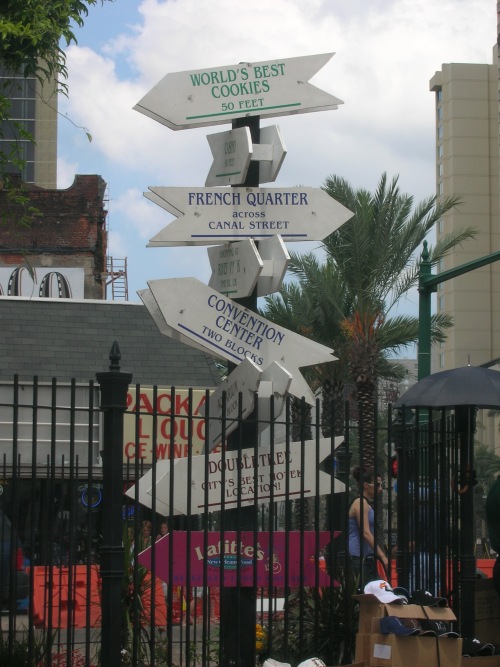
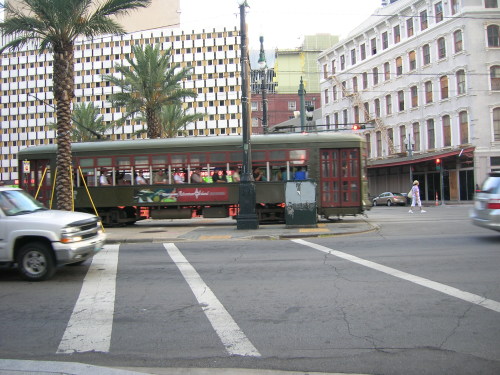

- - - By the Mississippi - - - 
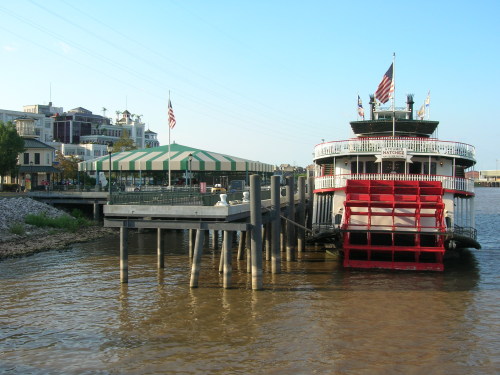
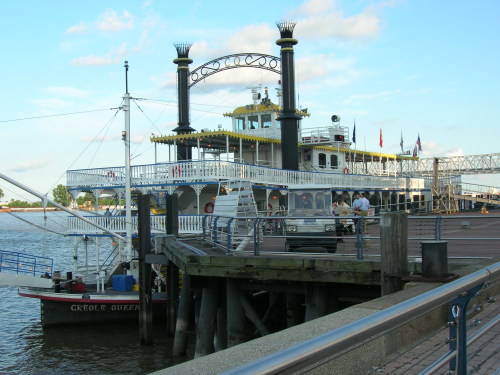
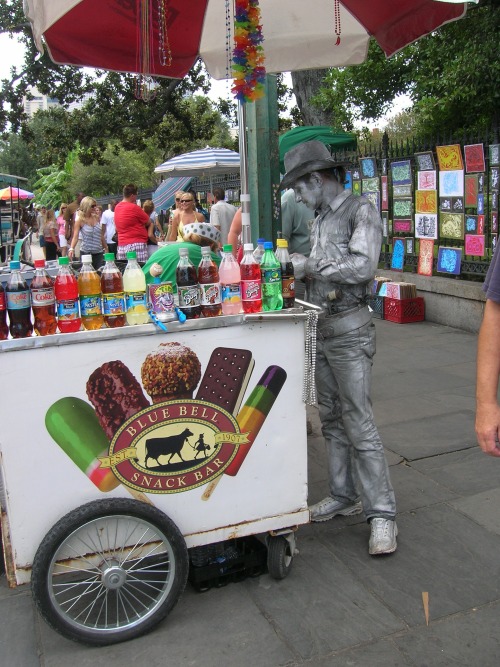
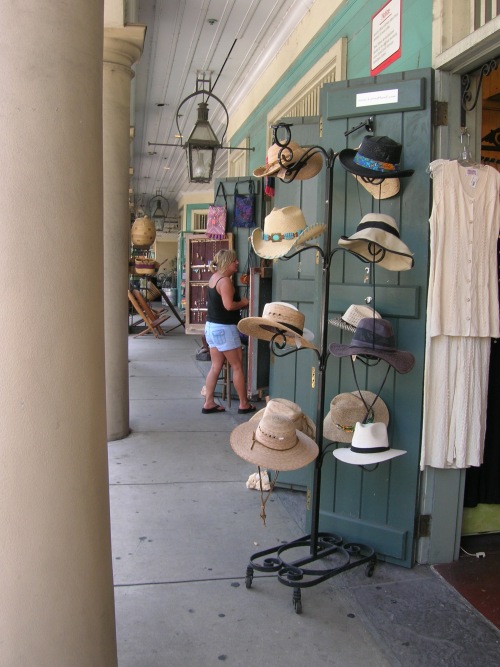
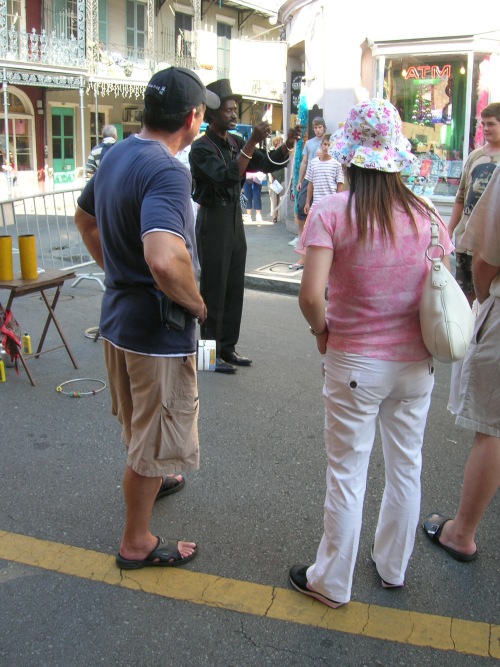
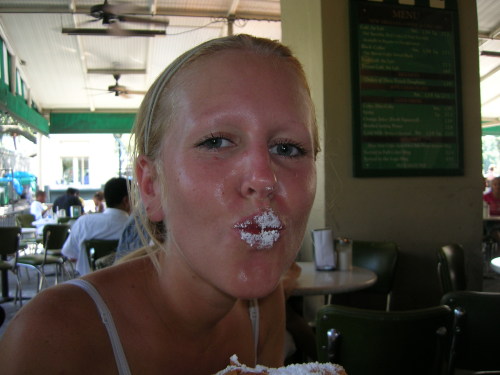
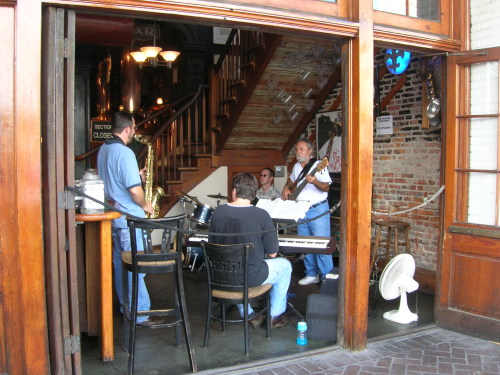
Hilton Head Island
